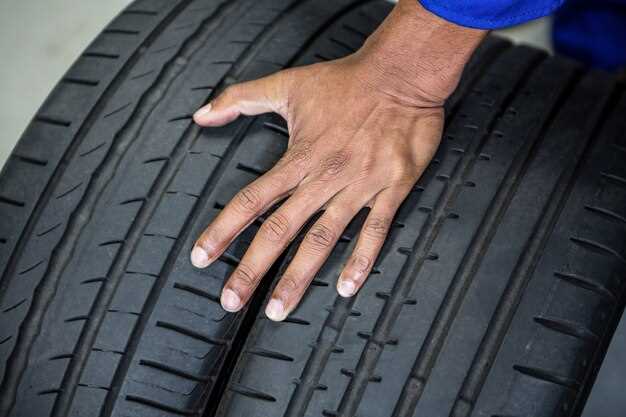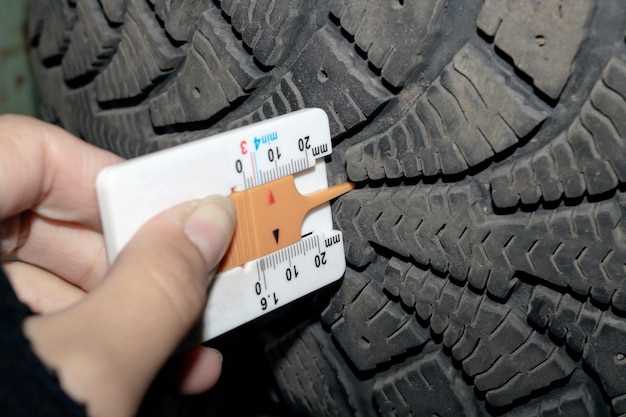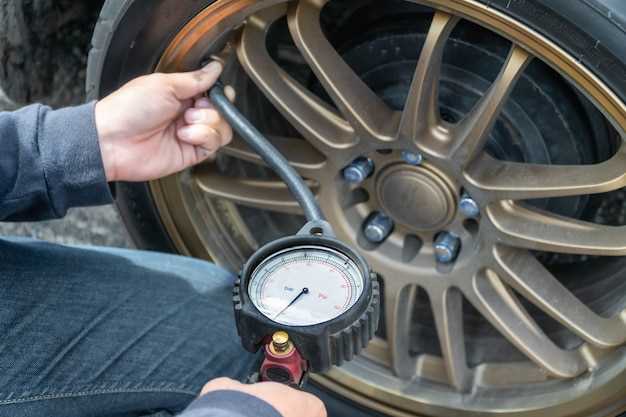
Regularly checking the tread depth of your tires is essential for maintaining vehicle safety and performance. The tread on your tires provides the necessary grip on the road, especially in adverse weather conditions. As tires wear down, understanding when it’s time to replace them can make all the difference in ensuring a safe driving experience.
Measuring tire tread depth doesn’t have to be complicated or require specialized tools. With some simple techniques and a few common household items, you can easily assess the depth of your tire tread. This straightforward approach allows you to make informed decisions about tire maintenance, ultimately enhancing your vehicle’s overall performance and safety.
In this article, we will guide you through the process of checking your tire tread depth. You will learn what measurements are considered safe and how to interpret various tread depth indicators. By the end, you will be equipped with the knowledge to confidently maintain your tires and ensure a safer ride.
How to Use a Simple Tool for Tire Tread Depth Measurement

Measuring tire tread depth is essential for maintaining safety and performance on the road. One of the simplest tools to use for this purpose is a tread depth gauge. Follow these easy steps to effectively check the depth of your tire tread.
First, select a tread depth gauge, which is often available at auto parts stores or online. These tools typically feature a measuring probe and a scale, making them user-friendly. Ensure the gauge is clean and functioning properly before use.
Next, position the tire so that you can easily access the tread. It’s best to check the depth in multiple areas across the tire, especially in the grooves, to get an accurate measurement. Insert the probe of the gauge into the tread groove until it sits against the base of the groove. Press down gently to ensure it makes full contact.
After inserting the gauge, remove it from the tread and read the measurement displayed on the scale. This number indicates the depth of the tire tread at that specific point. Repeat this process in several different grooves around the tire to assess overall tread wear.
Comparing your measurements against the recommended tread depth can help you determine if it’s time for new tires. Most experts suggest replacing tires when tread depth falls below 2/32 of an inch. Regularly checking tire depth will help you maintain better traction and handling in various driving conditions.
Identifying Worn Tires: Signs to Look For During Your Tire Check

Regularly checking your tires is essential for safe driving. Here are key signs of worn tires that you should watch for:
- Tread Depth: Measure the tread depth using the penny test or a tread depth gauge. If the tread is worn down to 2/32 of an inch or less, it’s time for a replacement.
- Uneven Wear: Inspect for uneven wear patterns across the tire surface. This could indicate misalignment or improper inflation.
- Cracks and Cuts: Look for visible cracks or cuts in the sidewall and tread. These may compromise the tire’s integrity.
- Bubbles and Blisters: Check for any bulges or blisters which can signify a weak spot due to internal damage.
- Vibration or Noise: Listen for unusual noises or feel excessive vibration while driving, which may indicate tire issues.
Regular checks for these signs can help ensure your safety on the road and extend the life of your tires.
When to Replace Your Tires Based on Tread Depth Levels
Monitoring tire tread depth is crucial for ensuring vehicle safety and performance. Tires with insufficient tread can compromise traction, especially in wet or slippery conditions. Regularly check your tire tread depth to determine the appropriate time for replacement.
Generally, a tread depth of 2/32 of an inch or less indicates that it’s time for new tires. At this level, the risk of hydroplaning increases significantly, and stopping distances can be longer. It’s highly recommended to replace tires at this stage to maintain optimal safety.
If your tread depth is between 4/32 and 6/32 of an inch, you should start planning for a replacement soon. While they may still perform adequately in dry conditions, their effectiveness in rain or snow diminishes. Regular checks will help you gauge how much longer you can safely use these tires.
A depth greater than 6/32 of an inch suggests your tires are still in good condition. However, keep an eye on wear patterns, and continue conducting regular checks to ensure your tires remain safe and effective as you drive.
Ultimately, your tires are critical for vehicle safety. Regularly assess tread depth and replace tires accordingly to ensure optimal driving conditions.




